Five things Africa can do to make the most of its cocoa
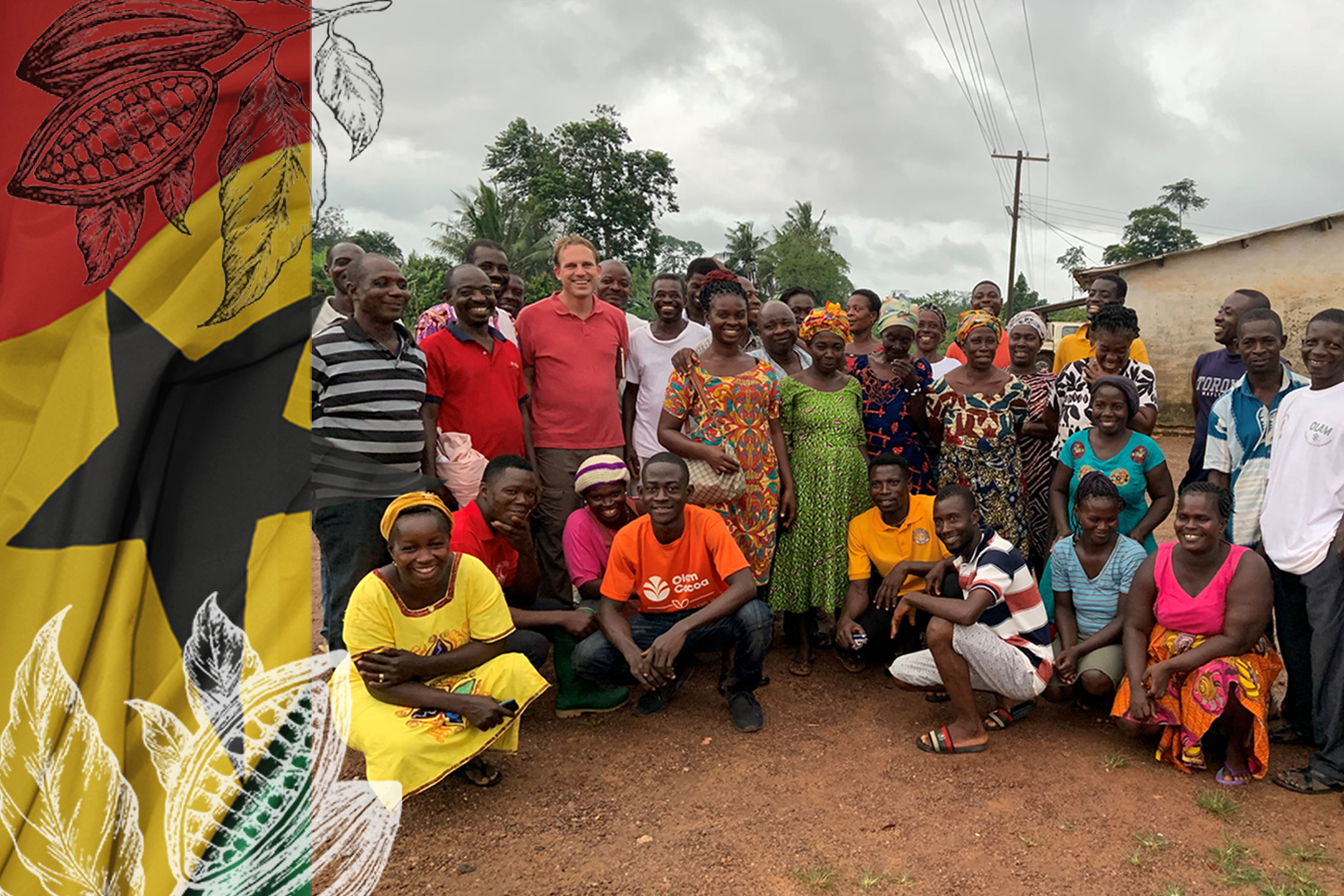
West Africa produces 75% of the world’s cocoa beans that go into making chocolate. Yet one-fifth of cocoa farmers in the region don't even earn a living wage. SWI swissinfo.ch asked five experts how cocoa producers could bridge the gap.
Around a million cocoa farmers in West Africa (out of about five million in total) don’t earn enough to afford all their basic needs, such as food, shelter, clothing, education and medical care. Ghanaian and Ivorian cocoa farmers make just $1.42 and $1.23 net (CHF1.27 and CHF1.10) per person per day, respectively. That’s according to surveys carried out in 2019 by Cocoa Life, the sustainable sourcing programme of chocolate company Mondelēz International. These wages are far lower than the living wage benchmarks of $2.08 and $2.55.
On the other side of the spectrum, almost half of the global chocolate market – worth around $120 billion – ends up in the coffers of European companies such as Nestlé, Lindt & Sprüngli or Ferrero, a 2023 market research report by Marketsandmarkets shows. Chocolate heavyweights in North America and Asia-Pacific like Mars, Mondelēz and Meiji pocket around 30%, while cocoa-producing countries in Africa like Ivory Coast and Ghana claim they get a mere 5%.
A major reason for the huge gap between Europe and Africa’s share of global chocolate revenue is that the latter is at the bottom of the value chain, its role limited to growing and exporting raw material. Europe, on the other hand, processes most of this raw material, makes it into chocolate and sells it to consumers. Africa is attempting to move up the cocoa chain by building cocoa processing factories and offering financial incentives to private companies to do the same. However, it is still not enough to make a serious dent on the world market.
SWI swissinfo.ch spoke to five Swiss experts working with the cocoa and chocolate industry for their perspectives on how Africa can narrow this gap and ensure a decent living for its cocoa farmers.
Regulate supply
According to Christian Robin, Executive Director of the Swiss Platform for Sustainable Cocoa, a coalition of chocolate makers, traders, retailers, NGOs and academia, a key problem is that Africa grows more cocoa than the market can absorb. This means that the balance of power tends to lie with international buyers and cocoa prices remain low.
“Ivory Coast has nearly doubled its cocoa production in the last ten years. Even if it is difficult, at some stage the main African producer countries have to better manage their supply,” he told SWI.
Researchers say that the boom in Ivorian cocoa production in the past decade was due to migration from other parts of the country and from neighbouring countries to the western region. Migrants were attracted by the availability of land and poor law enforcement in rebel territory that allowed settlers to illegally clear classified forests and grow cocoa.
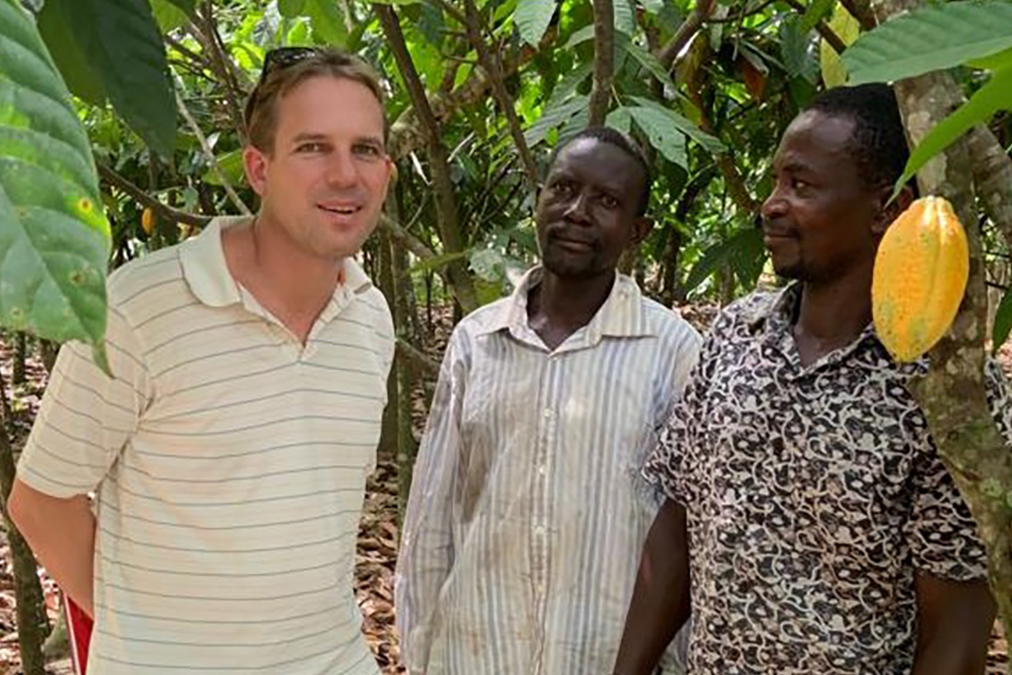
Robin recommends that West African farmers diversify their farms and grow other crops to reduce their dependency on fluctuating cocoa prices. However, the authorities in charge of local policy are not always supportive of crop diversification.
“The cocoa boards see other crops like cashew, rubber or palm oil more as a threat than as a part of a broader policy aimed at increasing income and resilience of farming families,” says Robin.
Ivory Coast and Ghana, the word’s top two cocoa-producers, have government-controlled cocoa boards that are responsible for assuring the quality of cocoa beans and fixing the minimum price farmers get for their harvest. They also provide farming inputs like fertilisers, pesticides and cocoa seedlings. The boards are funded from the revenue obtained from exporting cocoa beans of which they are supposed to guarantee that a minimum of 70% goes to the farmers.

Another way farmers can earn more money is to obtain Fairtrade certification. Swiss-based certifier Fairtrade Max Havelaar offers them a minimum of $2,400 per tonne of cocoa beans, which is around $300 more than the official farmgate price set by the Ivorian cocoa board for the main crop of 2022-2023. However, there is not enough demand for Fairtrade chocolate (it only accounts for 15% of total Swiss chocolate sales) to accept all the cocoa farmers that can benefit from this certification.
“It is encouraging to see that so many farmers want to join our programme. Unfortunately, there is too much volume of certified cocoa compared to what we can sell on the market,” says Yanick Lhommel, business development manager at Fairtrade Max Havelaar.
Reform an outdated system
“The existing caretaker-landowner system has made the sector dysfunctional,” says Brigitte Cuendet, a Swiss cocoa farmer in Ghana. She bought a 30-acre farm in Eastern Ghana in 2014.
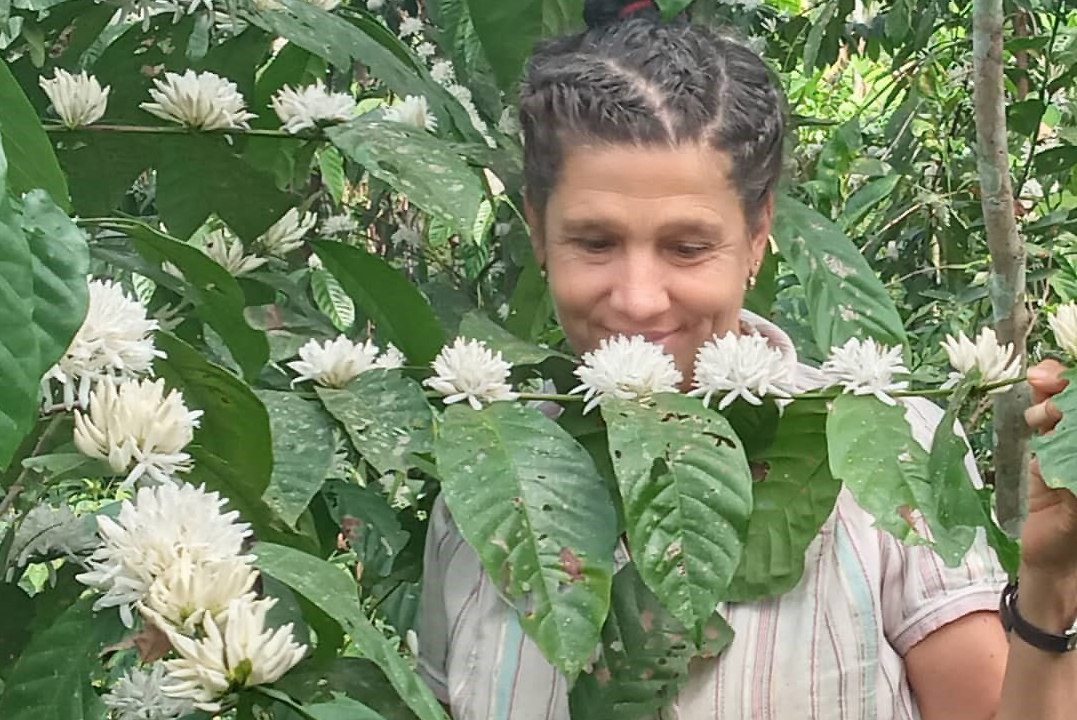
Under the caretaker-landowner system, the owner of a small parcel of farmland usually hires a caretaker to grow cocoa and the caretaker gets a third of the crop. However, the landholdings are too small – on average two hectares in Ghana – and prices are too low for either to make a living wage. Furthermore, there is no real incentive for farmers wishing to improve their lot as they all get paid the same farmgate prices set by the cocoa boards, meaning price is based on quantity, and not quality, of the beans.
“Over the years, we have refined our post-harvesting practices and are producing a bean quality that would qualify as specialty cocoa. Of course, we now desire to be allowed to develop our own supply chains even as small farmers,” says Cuendet.
That doesn’t mean that there is no role for cocoa boards in this scenario. Cuendet is convinced that working with boutique manufacturers would be of mutual benefit. The Swiss farmer was inspired by a trip to Brazil, where she met coffee growers.
“We should follow the example of what is happening with coffee, where boutique manufacturers are sourcing directly from small farmers,” she says.
Build resilience
While West Africa currently produces more cocoa than is needed, yield on its farms are under threat due to disease and less productive older trees.
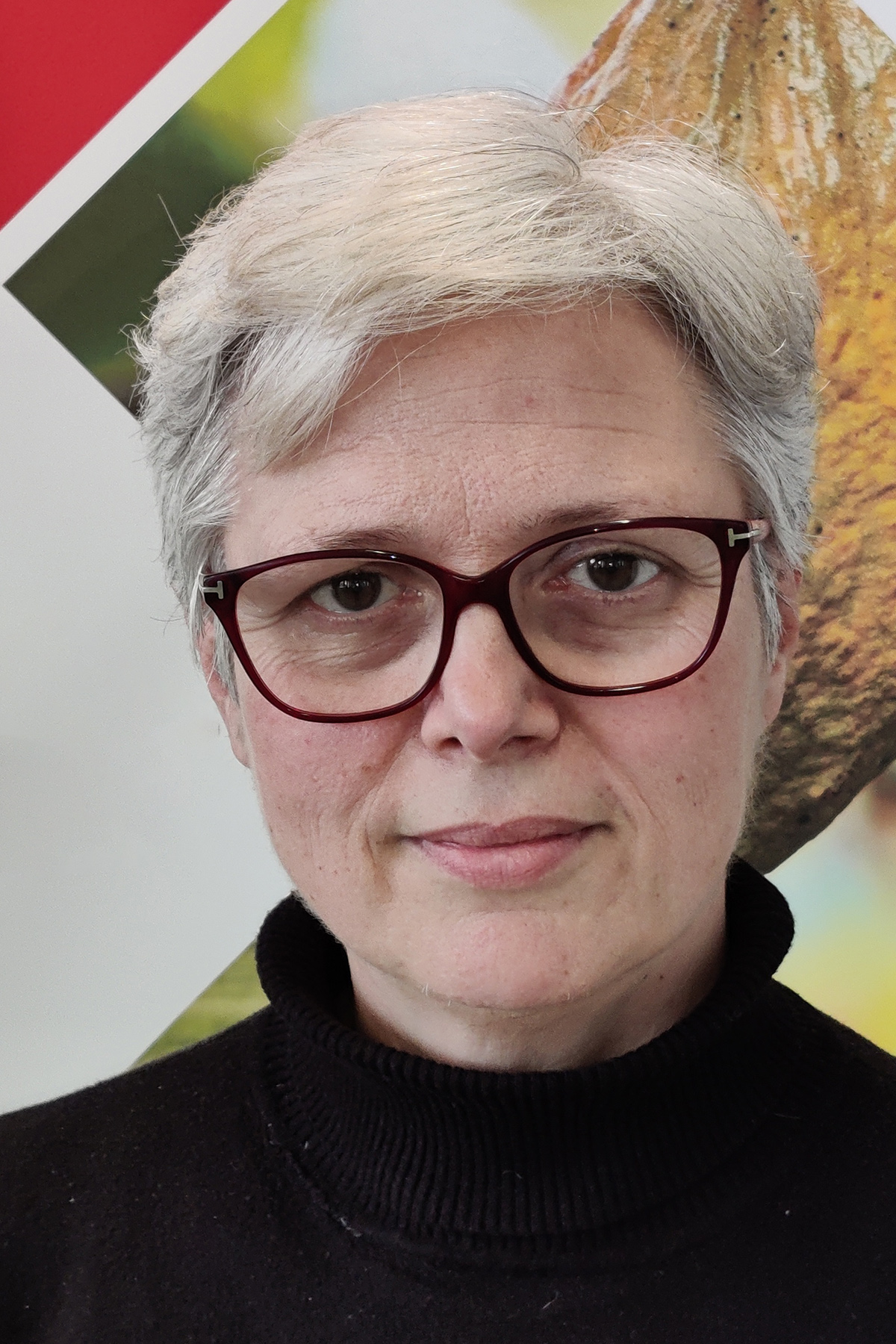
Ghana’s cocoa board is spending $230 million of a $600 million loan from the African Development Bank to rehabilitate some 160,000 hectares out of a million hectares of unproductive cocoa plantations. The cocoa trees on these lands were too old or infected with the Cocoa Swollen Shoot Virus and had to be uprooted and new trees planted. The virus decreases yield within one year and usually kills the tree within a few years.
“Progress of the Swollen Shoot Virus in West Africa is scary, with a doubling in infected area in three years. Drought due to climate change will make it worse, as the weakened plants are more at risk of infection transmitted by the mealy bugs,” says Sanja Fabrio.
She works for a Swiss startup called SwissDeCode that has developed, together with chocolate company Mars Wrigley, a kit to detect Swollen Shoot Virus in the field. The test currently costs around CHF15 per sample and can detect the virus on a leaf before the symptoms appear. Given that infected plants may not show symptoms for up to two years, the test can help to detect the problem early and reduce transmission. Fabrio hopes to bring the cost of the tests down when the company secures additional partnerships to transfer manufacturing to the affected countries.
“Chocolate companies have shown interest in accessing the technology but the next level is standardising the test adoption. Local governments are already benchmarking our test against PCR [a lab test] and their results are more than encouraging.” says Fabrio.
Besides disease and old trees, other risks looming on the horizon are poor soil fertility and climate change.
“Cocoa cultivation flourished on primary soil after clearing forests. There is no elaborate strategy to improve or preserve soil fertility apart from providing subsidised fertilisers,” says cocoa farmer Cuendet.
She experimented with growing cocoa with banana and found that banana holds on to soil moisture and provides extra income. Hence she is disappointed that the cocoa board only offers one kind of cocoa hybrid seedling to farmers, with no options for those who want to grow cocoa in more shaded conditions along with fruit or timber trees.
“Unlike rubber or oil palm, cocoa in Ghana is usually not a monoculture and thus has exceptional potential to act as a game changer by restoring forest-like landscapes. This can help mitigate climate change through microclimates, preserve and regenerate soils and have the potential to provide interesting jobs,” she says.
Know your customers
“You can fit all the big players in cocoa into one room. If you just think in terms of cocoa price you have ten players against you who can find ways to lower the price,” says Anian Schreiber, CEO of Swiss-based company Koa that sells cocoa fruit products. It is a niche business as the cocoa fruit is usually discarded after the valuable beans are extracted.
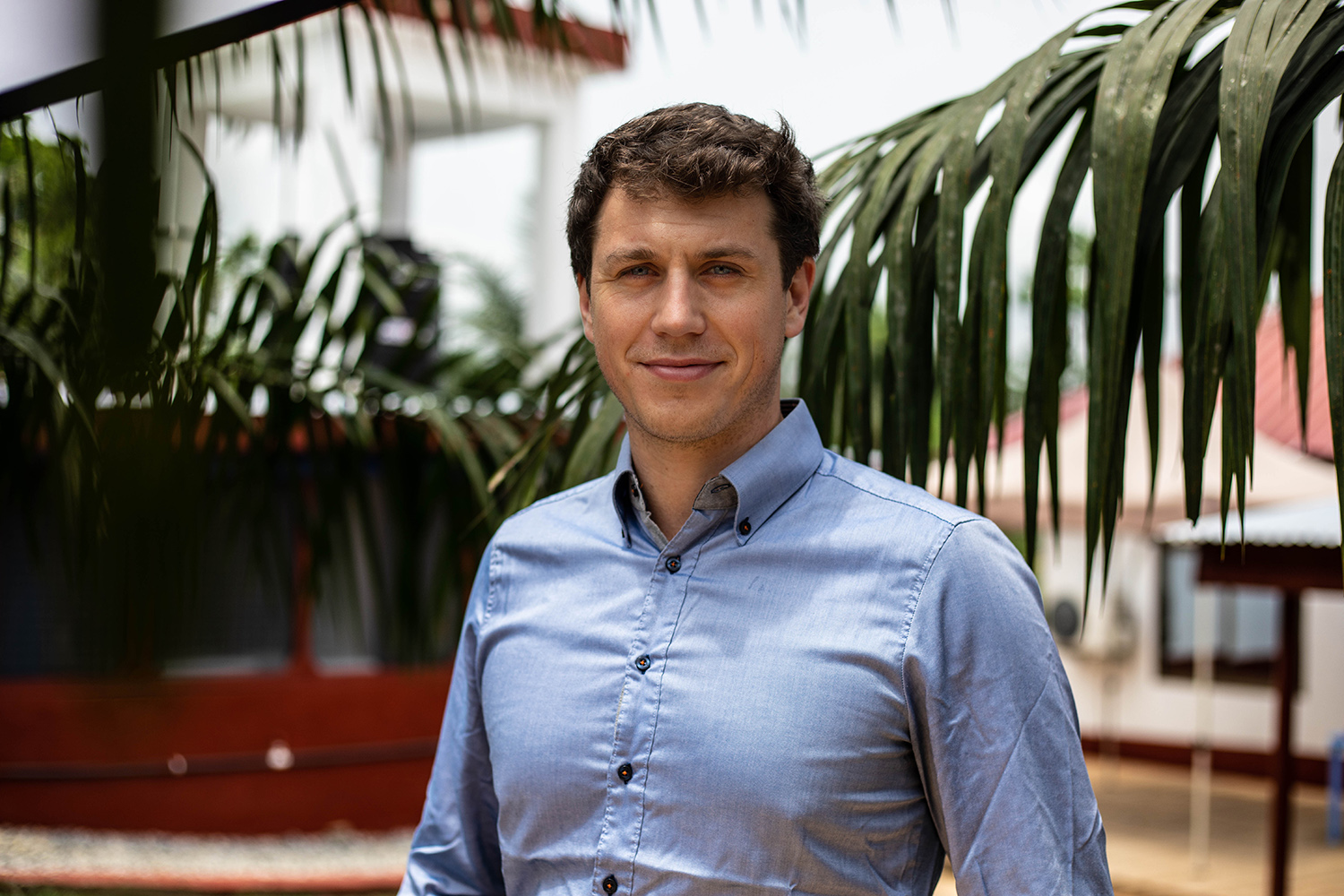
Koa was created in 2017 with Schreiber’s and his co-founders’ own funds and started by producing a mere 12 litres of juice a day. This was ramped up to 5,000 litres a day in a small factory in Ghana. Last year, the Zurich-based company managed to raise $10 million in investment to build a new factory in Ghana that will raise production to 25 tonnes a day.
Based on his own experience, Schreiber recommends that chocolate producers focus on creating value in the country of origin and that can happen only when there is an understanding of their key markets. In addition to local production, he advises to invest in a marketing entity in Europe or the United States to get really close to the end consumers and find new ways to add value to their cocoa.
“Now it is all about who is getting which part of the cake. Instead, they should be thinking about who likes the cake? Can I make a cake or should I make a muffin or a brownie,” he says.
He cites the example of Ghana’s largest cocoa processor, Niche Cocoa, which opened a factory in the US in 2022 to get a foothold in the lucrative American market. In April, Niche Cocoa also launched Ghana’s first bottled chocolate milk.
Attract youth
Several independent surveys put the average age of a cocoa farmer in Ghana between 50 and 55 years old. Many work as long as they physically can due to lack of interest from the younger generation.
According to Cuendet, cocoa growing has become the activity of last resort and young people are desperate to enter other professions, like nursing, teaching, the police or military. She blames unfavourable land tenure conditions and cocoa prices that are not in tune with rising costs of living for casting an unattractive light on the hard work that goes into cocoa farming.
“To persuade the youth, business development prospects that allow a decent living well above the poverty line need to be tangible” says Cuendet.
Besides more money, training is also important. In 2016, Ghana, along with international partners, launched a five-year Next Generation Cocoa Youth Program (MASO) that offered training in agriculture and business development to 10,000 unemployed young people living on less than $2 a day. An assessment of the project that ended in 2020 found that those who received training were 22.5% more likely to grow cocoa.
Edited by Virginie Mangin

In compliance with the JTI standards
More: SWI swissinfo.ch certified by the Journalism Trust Initiative










You can find an overview of ongoing debates with our journalists here . Please join us!
If you want to start a conversation about a topic raised in this article or want to report factual errors, email us at english@swissinfo.ch.